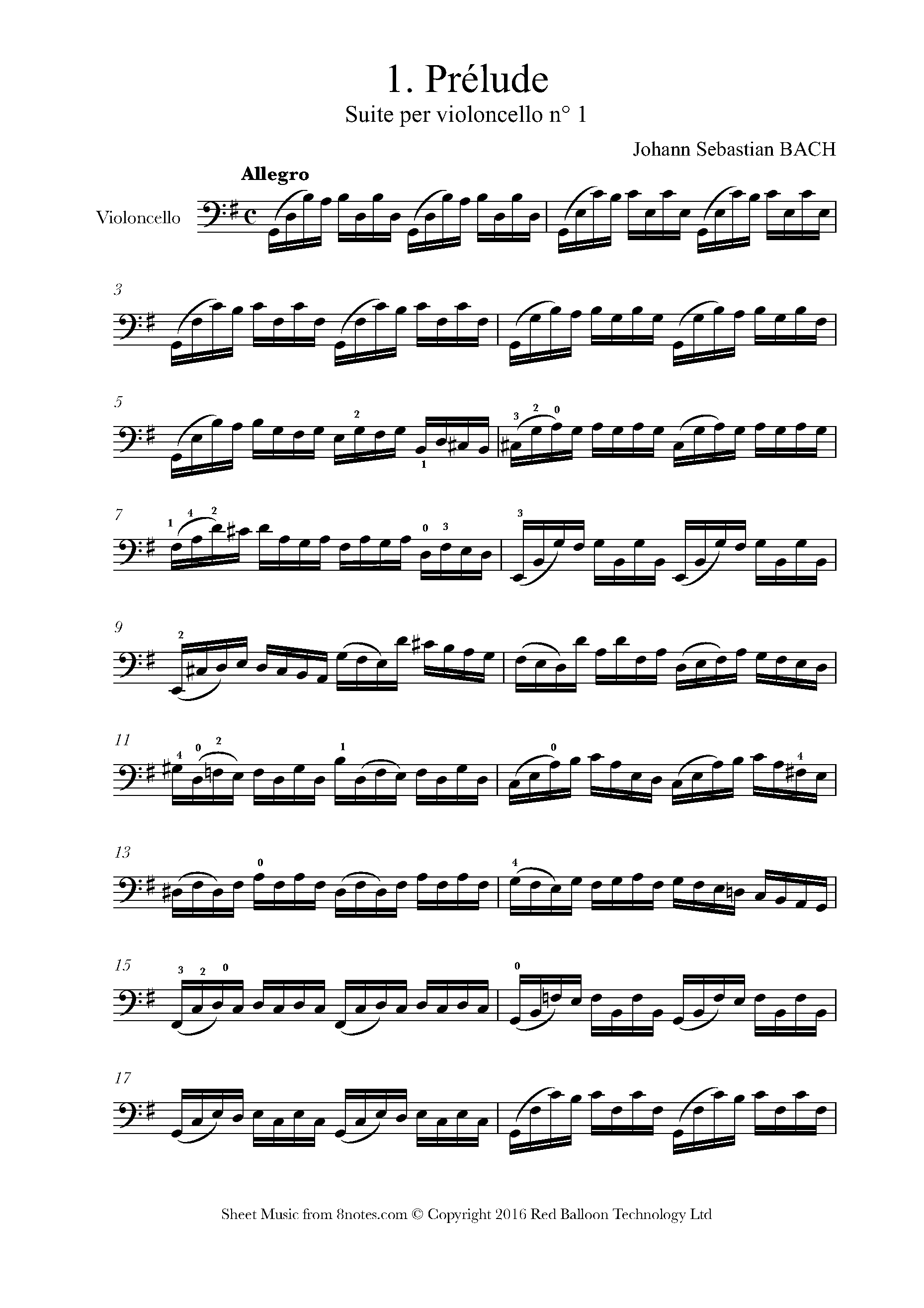Six pieces that will increase your instrumental playing speed
The ability to play fast, technically difficult music has always been prized by musicians and audiences. In fact, it is a prerequisite for being classed a 'virtuoso', since it signals that you have
completely mastered the technical aspect of your instrument. Great virtuosos have included violinists Niccolp Paganini and Yehudi Menuhin; pianists Franz Liszt, Frederic Chopin and Arthur Rubenstein; trumpeters
Louis Armstrong and Håkan Hardenberger; cellists Mstislav Rostropvich and Pablo Casals; and guitarists Andres Segovia and Jimi Hendrix.
Nowadays, the simple ability to play quickly can also turn you into an internet sensation, as is the case with Ben Lee, who holds the record for being the world's fastest electric violinist:
One of the most common strategies for improving your velocity is through practising scales or exercises in tutor books such as Arban (trumpet etc.), Hanon (piano), Charles Dancla (violin) or Kalmen Opperman (clarinet).
The only disadvantage with such pieces is that, whilst they certainly enhance your technique, they are not the kind of thing you could play in a concert. Neither are they always musically rewarding to practise. Happily, however, there are plenty of pieces that are interesting to play and to listen to and that will simultaneously increase your velocity. Here then is a selection arranged by level of difficulty, from easy to advanced. At full speed, any one of them will make you sound like a virtuoso...
The Sorcerer's Apprentice
This atmospheric piece by French composer Paul Dukas was famously used by Walt Disney in his film Fantasia:
[Choose the version for your own instrument]
You will notice that the main theme is played slowly at the beginning and faster later on. Adopt the same strategy in your practice. Slowly first then, using a metronome, gradually increase the speed, even increasing it beyond what you actually need for performance. Doing this will make the feel a lot easier when you return to the 'normal' tempo.
Mexican Hat Dance
This is probably the most famous piece for Mexican mariachi band:
[Choose the version for your own instrument]
It is full of scales and arpeggio patterns, though is such fun it will hardly feel like you are practising at all. Like The Sorcerer's Apprentice it also works at various tempi, so you can perform it slowly to start. Once mastered, a good strategy for performing it is to play it faster on each repeat. The faster you go, the more impressed your audience will be...
Entry of the Gladiators
Czech composer Julius Fucik was noted for his music for military bands. Entry of the Gladiators is his best-known work. It is often used as circus music:
[Choose the version for your own instrument]
This piece provides a great opportunity for practising your chromatic scales, an important pattern for building your finger velocity. An audience will expect it to be played at a fairly fixed speed, so you will need to build up the necessary velocity before attempting to perform it.
Sailor's Hornpipe
This is the quintessential 'start slowly get (a lot!) faster' piece. Chock-full of scales and arpeggios it is ideal for building your velocity. To give you an idea, here's the BBC Symphony Orchestra performing it at the Proms:
[Choose the version for your own instrument]
In essence, the faster the better!
Prelude from Suite no.1
Sometimes virtuosity is not the essence of works that do nevertheless rely on velocity. That could not be more true of J.S. Bach's Prelude from Suite No.1, a gorgeously introspective piece originally written for cello.
[Choose the version for your own instrument]
Here the challenge is of a different order. Instead of building the necessary velocity in order to appear virtuosic, the aim is to do so in order for the piece to sound effortless. The work may be played with a certain amount of flexibility, the lowest notes (for example the first notes on beats 1 and 3 in the first four bars) should be held a little longer, the arpeggios that follow more strictly in tempo. The whole must be played with great, though not exaggerated, expressivity.
The Flight of the Bumblebee
It is no coincidence that this is the piece that Ben Lee played to become the world's fastest electric violin player (see above). It is often used by the world's great players to showcase their virtuosity. Here, for example, is Russian pianist Evgeny Kissin performing it:
[Choose the version for your own instrument]
The 'buzzing' effect produced by this piece is a result of its almost complete reliance upon chromatic intervals. An audience will expect it to be played as quickly as possible, so there is no hiding from its technical demands. In your practice build up the tempo slowly and, most of all, be realistic. A piece such as this is the culmination of years of building your technique. If you can play it, however, you will be worthy of the title 'virtuoso'!